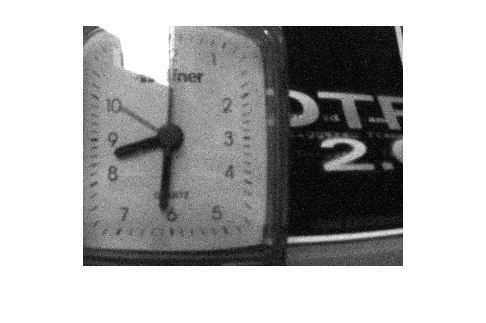adtfStreamReader
Description
The adtfStreamReader object is an indexed selection of the data
in an Automotive Data and Time-Triggered Framework (ADTF) DAT file, which you can use to read
that data into the MATLAB® workspace. An adtfStreamReader object contains the indices and
time stamps of the first and final data items from each stream selected from an adtfFileReader
object. Each stream in the DAT file must contain sorted chunk timestamps. This requirement
applies to the data within a stream only, and not across multiple streams.
Creation
To create an adtfStreamReader object, use the select object
function of the adtfFileReader
object. You can read data from all the selected streams at once using the read object
function, or read data items one-by-one sequentially using the readNext object
function.
adtfReader = adtfFileReader("sample_adtf.dat","sample_adtf.description");
streamReader = select(adtfReader, TimeRange=[0, minutes(1)]);
data = read(streamReader);Properties
Object Functions
Examples
Limitations
Reading DAT files on Mac platforms is not supported.
Reading these stream types is not supported:
adtf/anonymousadtf/audio
For reading
adtf/video_compressedstream type, only JPEG compression format is supported.
Version History
Introduced in R2022a

![{"String":"Figure Movie Player contains an axes object and other objects of type uiflowcontainer, uimenu, uitoolbar. The axes object contains an object of type image.","Tex":[],"LaTex":[]}](../../examples/driving/win64/ExtractVideoStreamFromADTFDATFileExample_02.png)